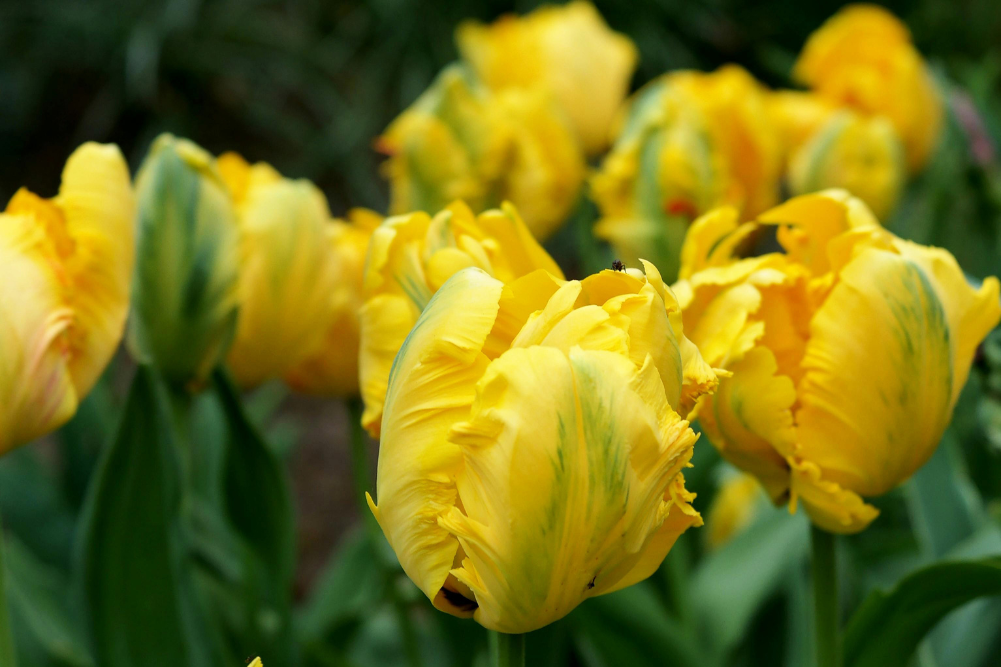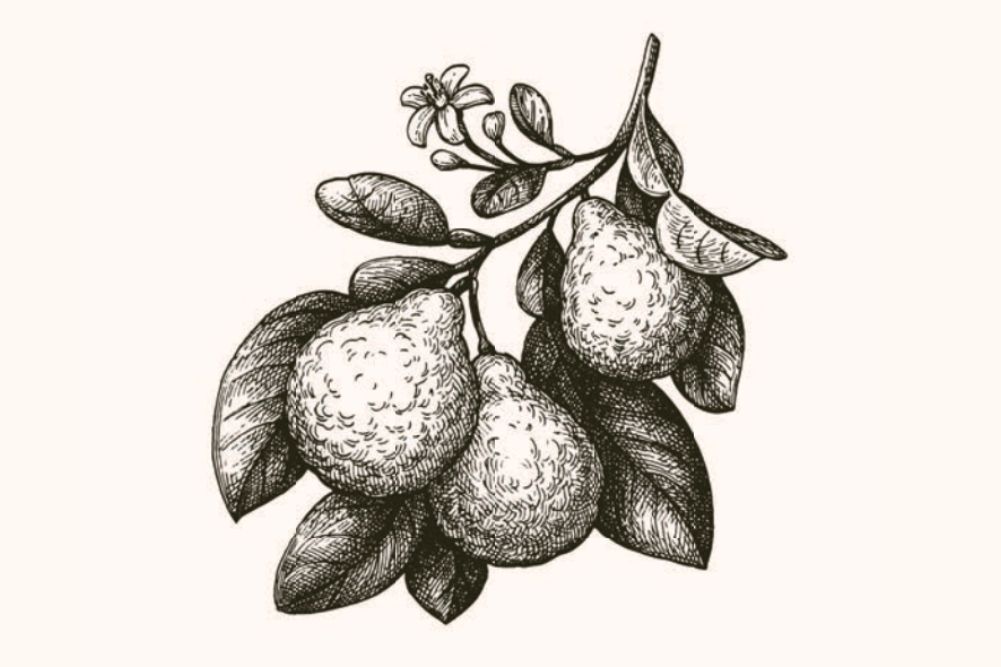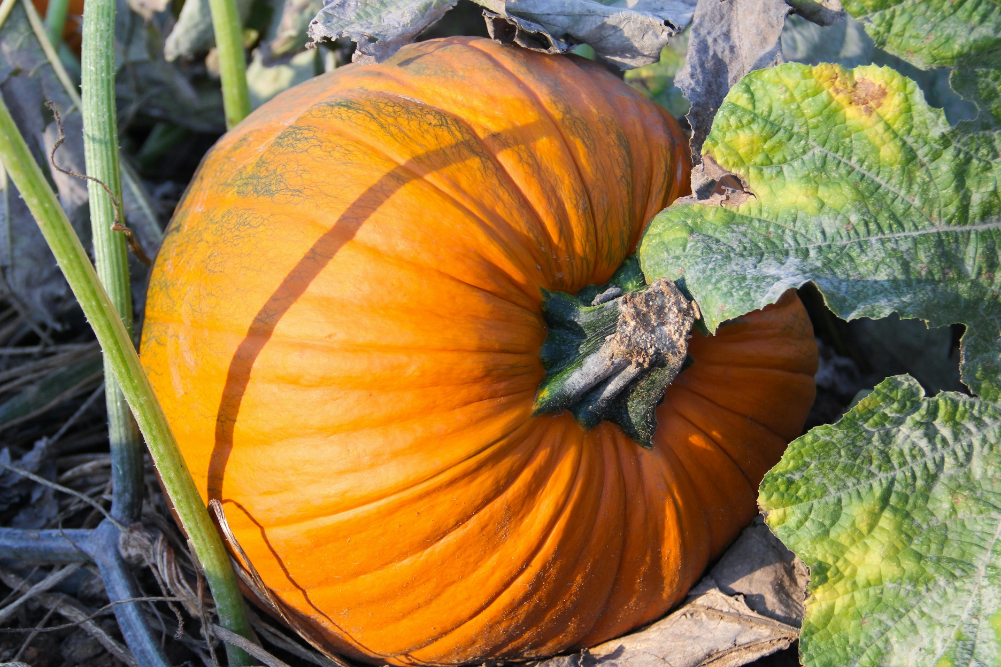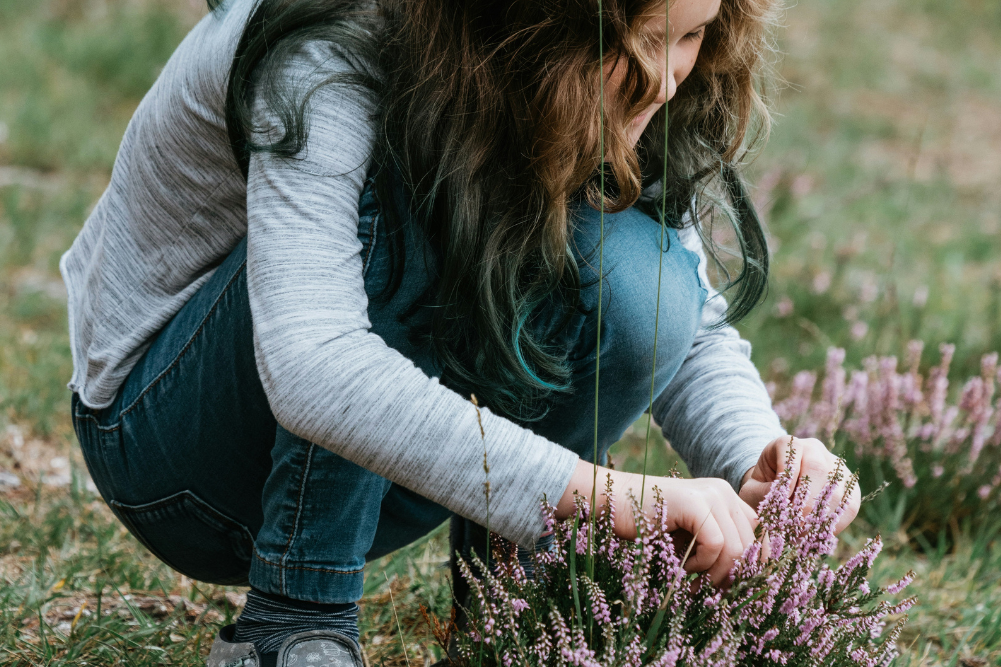The benefits of wildcrafting herbs
While many of us gather blackberries and mushrooms in the countryside, while “wildcrafting herbs” we can also glean a bunch of medicinal plants such as red clover, rosehips and nettles. There are plenty of valuable medicinal plants indigenous to Australia and New Zealand, but this article focuses more on the plants familiar to Western herbalists, many of which have been imported from Europe. These plants include trees and bushes you commonly find in the countryside and parklands, as well as weeds that insist on growing in many suburban backyards.
Guidelines for wildcrafting herbs
This may seem obvious but one of the most important pointers to keep in mind when wildcrafting herbs is to double check you are identifying plants correctly. It can be helpful to know the Latin names of plants as common names can apply to more than one plant. A botany or herbal book with clear descriptions, plus photographs or drawings, can be extremely helpful if you’re in doubt.
If you are harvesting an invasive weed, it can be a good chance to clear them out completely while putting them to good use. For other plants, be sure to leave plenty so they reproduce.
The best weather for wildcrafting is dry, sunny weather. This is when volatile oil levels are at their highest
The countryside is a great place for finding medicinal plants. Many farmers won’t mind if you harvest rosehips, nettles and other unwanted herbs, as long as you ask first. That gives you the opportunity to check if they’ve been sprayed.
Many useful plants grow in ditches by the road but, as tempting as they may look, they are best avoided as they will be covered by exhaust residue. They also may have been sprayed by council. You might make an exception if it’s a particularly quiet road and/or the plants are at least 10 metres from the passing traffic — and you know they have not been sprayed.
The best weather for wildcrafting herbs is dry, sunny weather. This is when volatile oil levels are at their highest. It also works well if you plan to dry your plants. It’s quite convenient that the optimum weather for wildcrafting herbs is also good picnic weather.
Drying herbs
When you are choosing plants to harvest, go for clean ones with minimal damage. If you want to dry them, do so as soon as possible after harvesting. All herbs need to be dried somewhere shaded, well ventilated and dry. A shady corner of a veranda is a good spot.
Berries, such as hawthorn and rosehips, can be put in a dehydrator or strung up on dental floss or embroidery thread.
Roots will need to be wiped or rinsed free of dirt, but don’t leave them soaking as medicinal properties can leach out into the water (this is particularly the case with milky roots like marshmallow). It will also make it harder to get the roots dry. Large roots will need to be chopped into smaller pieces, about an inch long. Bulbs can be sliced after the outer coat has been removed.
Roots, bulbs, loose leaves and flowers can all be dried either in a dehydrator or spread out on paper, a screen or a sheet. Plants can also be hung upside down in bunches. You will know they are dry when the stems are brittle and break easily. Berries, such as hawthorn and rosehips, can be put in a dehydrator or strung up on dental floss or embroidery thread.
Storage
Ideally, keep herbs in dark brown jars with tightly fitting lids. Failing this, use clear glass but be sure to keep the jars in a dark cupboard. Label each jar with the name of the herb and the date of harvest.
Wildcrafting herbs throughout the year, in a nutshell
• Autumn: roots, seeds (such as fennel), hawthorn berries and rosehips
• Winter: roots, chickweed
• Spring: young leaves (such as nettle)
• Summer: leaves, blossoms (as they open), fruit (at peak ripeness)
Wildcrafting herbs in autumn
Autumn is the ideal season for digging most roots. Many plants begin to focus their energy underground at this time. The roots of biennials, such as burdock, are best harvested in their first year when the growth cycle is centred on the leaves and roots. They flower and go to seed in the second year.
One type of root that’s easy to come by is the common dandelion. “False” dandelions (also known as catsear) have branched stems and slightly hairy leaves, while the “true” dandelions (Taraxacum officinal) have a hollow stem rising from a rosette of smooth leaves. Both are edible, so don’t panic if you get them mixed up. The “true” dandelion is the one used medicinally by herbalists.
Autumn is the ideal season for digging most roots.
Dandelions stimulate digestion, are packed full of nutrients (particularly vitamin A and iron) and make a great liver tonic. They also make an effective diuretic, can help to clear skin conditions such as eczema and can increase breast milk production. You can eat the leaves and flowers in summer and the root in autumn and winter. The root tastes like a slightly bitter parsnip. One of the most popular ways to consume dandelions is by drinking dandelion coffee. While this is easily found in stores, it can be fun to make your own.
Dandelion coffee
Roasted dandelion tastes a little like coffee but it gives your digestive system a boost without stimulating the nervous system.
You will need to dig a substantial amount of dandelion roots to make a jar of coffee. The plant has long tap roots, so be careful not to snap and lose part of them as you dig. Once you have a nice heap of roots, give them a good scrub and cut them into pieces 1–2cm long.
The next step is to dry the roots. They will take a few hours in a dehydrator. Alternatively, spread them out on clean paper or a sheet in a well-ventilated but shady area. They may take several days or even a couple of weeks to dry, depending on the weather.
Once dry, preheat an oven to 200°C. Arrange the roots on a tray and roast them for 20–25 minutes. Keep an eye on them, though. Thin pieces will cook faster. They should be a dark brown and dry right through.
Lower the oven temperature to 180°C. Cool the roots and grind them. This is best done in a coffee or spice grinder but a food processor will suffice.
Put the ground roots back in the oven for 5 minutes.
Hips & berries
Rosehips can be found scattered throughout the countryside in autumn. Most wild rosehips belong to the Dog Rose (Rosa canina) and this is the variety most commonly used by herbalists. They are well known for their high vitamin C content, but they are also a good source of calcium and vitamins B, E and K. Rosehip tea or syrup is often given as an aid against colds and coughs, not only because of the vitamin C content but because they are mildly astringent, which is useful for treating sore throats.
The hips are ready to pick from late February until early May, but are best in March and early April. You can dry them to make tea for the months to come. The outer flesh and seeds are both nutritious but you need to get rid of the itchy hairs that surround the seeds by grinding the whole, dried hips then passing them through a sieve. The hairs should all shake free of the hips — just be careful not to grind the hips too small or they’ll pass through the sieve, too.
Hawthorn berries can also be picked and dried in autumn — just be careful to avoid the stones in the middle as they can be poisonous. Hawthorn (Crataegus oxyacantha and Crataegus monogyna) is known as a heart herb. It may take several months of consumption to make a notable difference, but it’s well respected for its ability to normalise both high and low blood pressure. It can also smooth out an irregular heartbeat. Hawthorn is rich in bioflavonoids.
Wildcrafting herbs in winter
Winter is a quiet season for wildcrafting herbs, though you can continue to harvest roots. You will need to wait until spring before you can harvest most leafy herbs, but chickweed (Stellaria media) is a notable exception. It thrives in winter in temperate regions. By mid-spring, it’s often too stringy to bother with. Like many medicinal plants, it’s nutrient dense but, unlike some medicinal plants (such as dandelion), it has a very mild and pleasant taste. Children often love it.
Aside from throwing handfuls into winter salads, chickweed makes a useful poultice for eye problems such as conjunctivitis and pink eye. It’s rarely worth cooking as it shrinks too much. You could add it at the last minute to a stir-fry or make wilted chickweed as follows.
Wilted chickweed
Take several large handfuls of chickweed (leaves and stems), rinse and set aside. Heat a knob of butter on low heat in a pan. As it melts, add the chickweed and stir-fry briefly until it just starts to wilt. Add a teaspoon of wholegrain mustard and a good squeeze of lemon juice. Give it one last stir and take it off the heat. This tastes good on toast or with rice.
Wildcrafting herbs in spring
While you can still harvest roots in early spring, it’s more a season for fresh, green leaves. Some common (often unwanted) edible plants that might crop up in your garden in spring include yellow dock, dandelion, chicory, fat hen, field mustard, good king Henry, nasturtium, borage and sorrel. All these can be eaten in salads, though you may want to eat some of them sparingly as there’s quite a range of bitter, sour and spicy tastes among them. Watercress may be found in streams, though it will need to be cooked if you have any doubt as to the purity of the water.
The tops of nettle plants (Urtica dioica) also make a great spring herb but will need to be cooked or dried to take the sting out of them. They are often compared to spinach in taste and can be made into a soup or tea. Nettles are a bit of a superfood in terms of nutrients. They are also well regarded as a blood purifier, kidney tonic and useful supplement to take during pregnancy.
If you would like a cheap, simple and truly nutrient-dense lunch, try the following.
Millet & wild herbs
Cook a serving of millet (or another grain such as rice or buckwheat).
Take a large bowl into the garden or nearby fields and gather a wide variety of wild herbs. Make sure you just gather small samples of the stronger-tasting herbs.
Add a good handful of milder-tasting herbs from the garden or fridge, such as parsley, coriander and (if it’s early spring) chickweed.
Add a few green vegetable leaves, such as spinach and collards.
Snip all the greens into small pieces with a pair of scissors and give it all a good mix.
Mix the greens and grains together and add some or all of the following condiments: tamari, pickled garlic, herbal or plain apple-cider vinegar, sesame oil, toasted sesame or sunflower seeds.
Wildcrafting herbs in summer
Summer is the best season to harvest flowers such as calendula, borage, red clover, dandelion and violet. All these blossoms can be added to salads. They all have other uses, too. Borage flowers are sweet-tasting and pretty, so they are well worth seeking out. You can freeze them in ice cubes to make your summer drinks extra fancy. Red clover flowers can be dried to make a blood-cleansing tea to drink throughout the year. Calendula flowers can be made into a poultice for treating cuts and burns. Violets are often crystallised for cake decorations, and dandelion flowers can be made into a honey-like syrup, or a face mask for blemishes.
Summer is also the best season for harvesting leaves and stems just before plants flower. The leaves of culinary herbs such as sage, thyme, oregano and rosemary are best picked at this time. These can be useful plants to dry, ready for the winter. Rosemary tea helps blood circulation; many others, particularly those known as the “Italian herbs”, have antiseptic properties that make them useful as gargles or teas if you have a respiratory infection.








